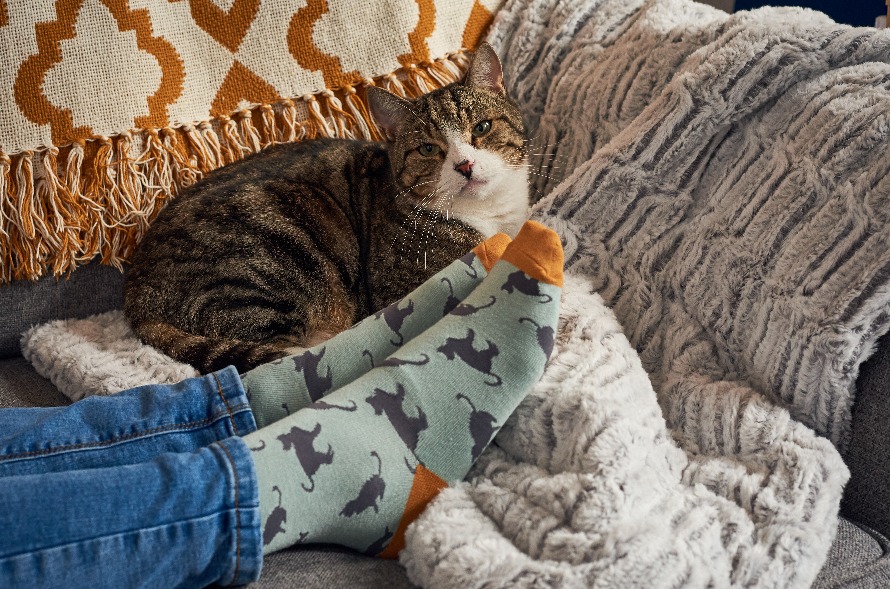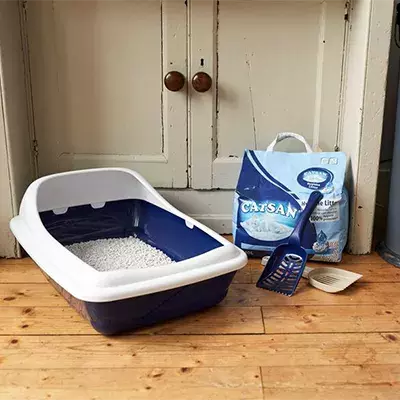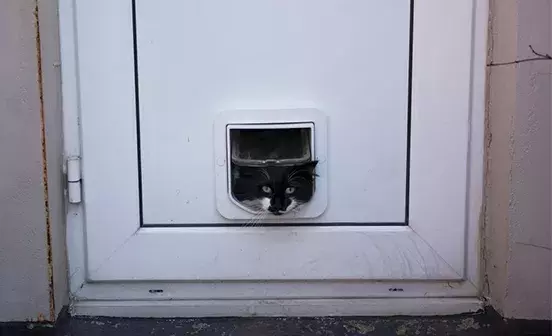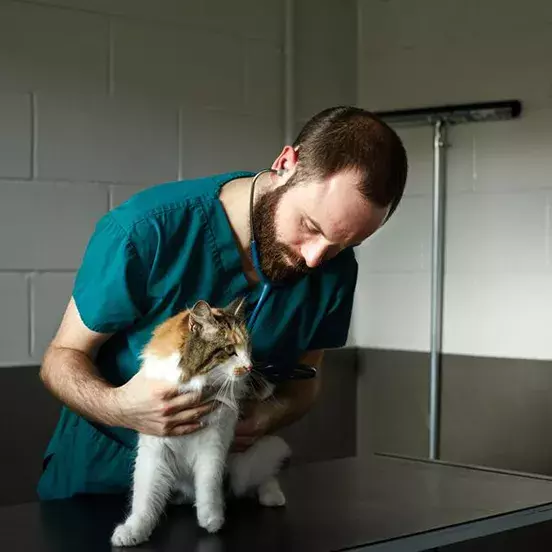Our expert advice on how to protect your cats against the chill this winter.

1. Be careful using antifreeze
Ethylene glycol, otherwise known as antifreeze, can be fatal to cats if they ingest it. This is an issue because cats are attracted to the taste of it. Antifreeze is most commonly used in car radiators and can be found in screen washes and de-icers. It is also sometimes wrongly used in garden ponds and water features to stop them freezing over, but this poses a significant risk to cats, dogs, and lots of other wildlife so should be avoided. You should store any products securely and clean up any spills straight away. If you think your cat may have ingested antifreeze or been exposed to it in any way, get in touch with your vet immediately as it’s vital to act quickly. Signs that your cat may have ingested antifreeze include an increase in urination or drinking, vomiting, lethargy, seeming uncoordinated or “drunk”, seizures, unusually fast heart rate, and fast and shallow breathing.
2. Tap the bonnet of your car
As the temperature drops, cats have a habit of crawling under car bonnets and wheel arches to soak up the warmth from car engines and tyres. Make sure to tap the bonnet of your car and check around the wheels and on top of tyres before you start the engine and drive off.
3. Check your cat's paws
When your cat comes in from being outside, check their paws and gently wipe them with a damp cloth or towel in order to remove any rock salt or chemicals. Roads may have been salted or gritted, so you’ll need to remove this from your cat’s paws so that they don’t ingest it when grooming. It’s also good to check your cat’s paws frequently for any signs of frostbite, irritation from the salt or other injuries. This is especially important with long haired cats as they are prone to snow compacting between their toes which then turns into ice balls which can be very painful.
4. Provide a litter tray
Cats should ideally have access to an indoor litter tray all year round so that they always have somewhere safe, and accessible to go to the toilet. Even if your cat usually prefers to go to the toilet outside, during the Winter months you should give them a litter tray so that they can go to the toilet without having to go outside in freezing temperatures. This can be particularly important for more senior cats or cats with medical conditions or disabilities. You can find more information on litter trays in our advice sheet on Litter trays.
5. Give them lots of toys and indoor activities
As the weather gets colder your cat will probably prefer to spend more time indoors. Make sure they are kept entertained and can still get plenty of physical and mental exercise by providing them with lots of interesting toys and games to play with. Keeping your cat active will also help keep them healthy and make sure they’re not overeating for the amount of exercise they’re doing during the winter months. Some cats will continue to exercise as normal but may simply eat more for insulation, and that’s OK too. It’s also a good opportunity to make sure your house is set up in an enriching and cat-friendly way so that all your cat’s needs are catered for indoors during the rest of the year.
Learn how to make a wand toy for your cat, which is a great way to keep your cat entertained as they can play with you or alone.
6. Keep your cat warm and dry
If your cat gets wet while outside, gently dry them off with a towel. Once they’re inside make sure they have plenty of different warm and snuggly places that are draught-free where they can curl up. This is particularly important for older cats, and cats with medical conditions such as arthritis. Any cats who may be less active or have lost some muscle tone/weight may also have trouble maintaining their body temperature on their own so make sure they have lots of warm, cosy options where they can settle down.
7. Provide places to shelter outside
Some cats will want to stay in more during the Winter, but lots of cats will still want to come and go as they please. It’s a good idea to provide your cat with outdoor shelter too so that they have the option to stay dry and warm and continue to enjoy the outdoors during the colder weather should they wish. This could be an outdoor shelter or cat ‘house’, an insulated cat ‘snug’ or you might want to give them access to a safe garden shed or similar with a cat flap.
8. Make sure your cat's microchip is up to date
Your cat’s microchip should always be kept up to date, but this is especially important during the winter months when they may wander off to find the nearest warm place. You can do this online, by telephone or post with the database that your pet is registered to. If you have your cat’s microchip number but can’t remember which database, then you can search for the relevant company using the microchip number on www.check-a-chip.co.uk.
9. Stay warm but keep hot things out of reach
Keep an eye out around hot things and Wintery hazards at home such as roaring fires, stoves, hot radiators, open coal, wood and gas fires, wood burning stoves and candles. Never leave your cat alone around open flames and candles, and make sure wherever possible that sources of heat are kept well out of reach, or at a safe distance.
10. give your cat access to fresh water
Make sure your cat has access to fresh water both inside and outside the house. Your cat might prefer to drink from places outside, but if these freeze over then it’s important that your cat still has access to fresh water. If you have bowls or other items outside which you know your cat drinks from it can help to clean them out regularly and get rid of any ice.



